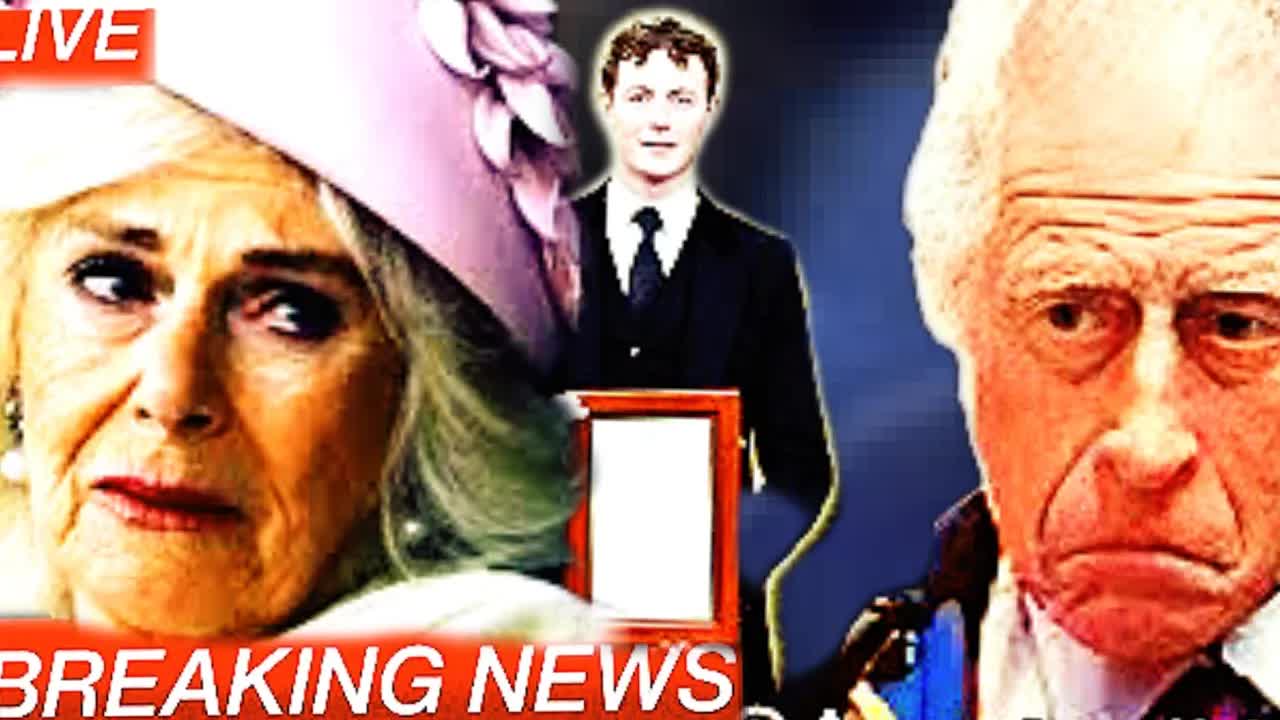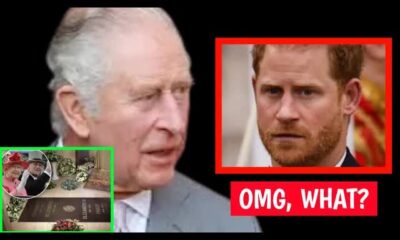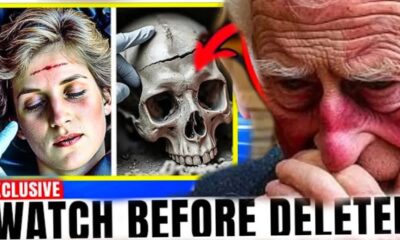Must Read
A New Era: King Charles III and Queen Camilla Redefine the British Monarchy
As King Charles III begins to establish his reign, the evolving dynamics between him and Queen Camilla are poised to reshape the British monarchy in unprecedented ways.
Their relationship is not a sign of discord but rather a strategic pivot aimed at modernizing the royal institution while navigating their complex pasts and the expectations of contemporary society.
Recent months have seen murmurs about a shift in royal duties, leading some to interpret King Charles's decision to reclaim certain responsibilities from Camilla as indicative of tension.
However, this move could be more calculated than it appears, as it seeks to clarify roles within the monarchy.
Stepping into his kingship with urgency, Charles recognizes the necessity of adapting to a rapidly changing world.
Traditionally, royal couples have had to delicately balance public expectations and their personal dynamics.
By taking a more active role, Charles aims to assert his authority while allowing Camilla the freedom to thrive in areas that resonate with her passions.
This adjustment provides her with the opportunity to enhance her public image as she focuses on initiatives close to her heart.
With Charles reclaiming some public duties, Camilla is now in a position to carve out a niche aligned with her interests and values.
Renowned for her commitment to literacy and women's rights, she could potentially spearhead a nationwide literacy campaign aimed at empowering women and children through education.
Such initiatives would not only redefine her role as queen consort but also position her as a proactive leader in social issues that matter to the public.
Moreover, by stepping back from broader royal duties, Camilla can engage more personally with communities, visiting schools and organizations directly involved in literacy and education.
This hands-on approach would humanize her image further and foster genuine connections with those she aims to assist, enhancing how the public perceives her role within the monarchy.
Public perception has always been crucial for the monarchy's success.
For years, Camilla's image has been clouded by her controversial past, but this new phase of engagement offers a chance to reshape that narrative.
By concentrating on her charitable work and presenting a more relatable persona, she can gradually shift public sentiment from one of scandal to one of compassion and commitment to social causes.
As the monarchy progresses deeper into the 21st century, this evolution is not just necessary; it's vital for maintaining relevance with younger generations.
Charles must also consider how he articulates his vision for the monarchy.
By adopting a modern approach that emphasizes transparency, community involvement, and social responsibility, he can connect with a public increasingly favoring authenticity over tradition.
The partnership between Charles and Camilla may become a powerful emblem of a monarchy that acknowledges its history while confidently stepping into the future.
While speculation regarding a rift may persist, their evolving roles indicate a strengthening partnership that could enhance the monarchy's standing.
Built on years of shared experiences and challenges, their relationship is grounded in mutual respect and understanding.
As they navigate this new terrain, the couple has the potential to present a united front that harmonizes tradition with innovation.
Their combined experiences, from enduring public scrutiny to managing royal duties, provide them with unique insights into what the monarchy requires to thrive in modern times.
Together, they can forge a clear vision for the monarchy's future—one that is inclusive, compassionate, and dedicated to public service.
In this context, the rising prominence of Prince William and Princess Catherine within the royal family is particularly significant.
Their increasing popularity and contemporary approach to royal responsibilities signal a generational shift within the monarchy.
Recognizing this dynamic, Charles may be inclined to empower his son and daughter-in-law as part of a broader strategy to ensure the monarchy remains relevant.
As William and Catherine assume greater responsibilities, the refined roles of Charles and Camilla can provide a supportive framework for the younger couple.
This transition facilitates a seamless handover of duties, ensuring stability within the monarchy while adapting to the needs of a changing society.
The collaboration among Charles, Camilla, William, and Catherine could emerge as a model for a modern monarchy, emphasizing teamwork, shared values, and a commitment to public service.
The legacy of King Charles III will not only hinge on his actions as monarch but also on how he navigates the complexities of his relationship with Camilla.
Embracing their reinvented roles, they have the potential to significantly influence the monarchy's trajectory, establishing a legacy rooted in compassion and community engagement.
Their dedication to meaningful causes will likely shape public perceptions, shifting focus from past controversies to contemporary relevance.
As they embark on this transformative journey, both Charles and Camilla face challenges ahead.
Public and media scrutiny will continue to shape their experiences, and any misstep or inconsistency in their messaging could lead to renewed speculation.
To navigate these hurdles, clear communication will be essential, allowing them to articulate their vision in a way that resonates with the public and underscores their commitment to social issues.
Ultimately, the evolving relationship between King Charles III and Queen Camilla tells a compelling story of transformation within the British monarchy.
Their reinvented roles signal a dedication to modernization and social responsibility that could redefine the monarchy's relevance in today's world.
As they embrace this new era, the couple has the opportunity to reshape public perceptions and establish a legacy characterized by compassion and community engagement.




































